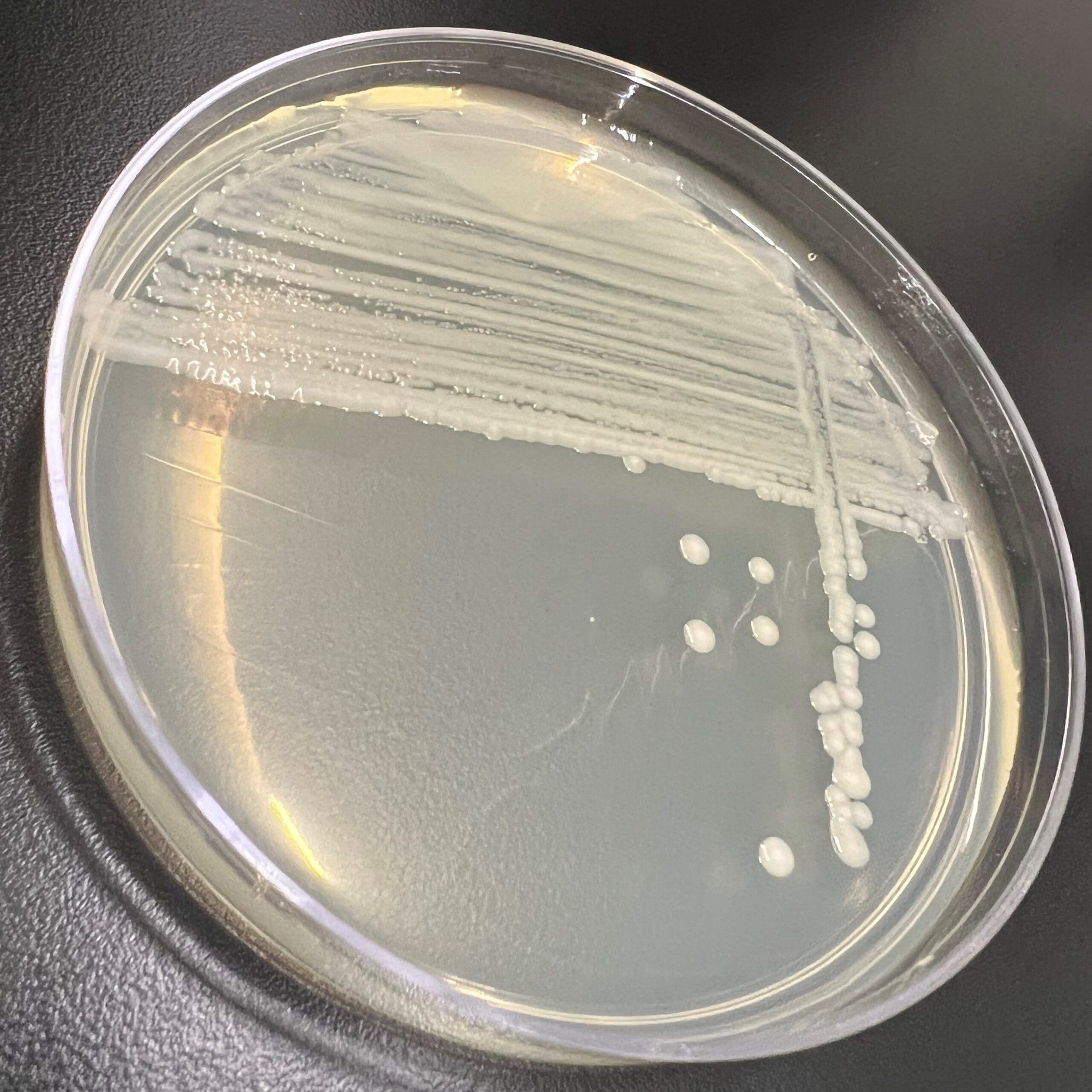
Get A Testing Quote
Rhizobium radiobacter
STRUCTURE AND PHYSIOLOGY
Rhizobium radiobacter is an aerobic, gram-negative, bacilli found in soil worldwide. Colonies are typically circular, convex, semi-translucent, and raised on yeast-mannitol-mineral salts agar.
TRANSMISSION AND DISEASE
Rhizobium radiobacter is a plant pathogen that rarely affects humans who are not immunocompromised. In plants, Rhizobium radiobacter can cause Crown Gall Disease in trees, grapevines, and other woody plants. Crown Gall disease does not kill the host plant but can reduce yield and lead to weak growth.
UNIQUE OR INTERESTING FACTS
Rhizobium radiobacter has possibly the broadest host range of any plant pathogenic bacterium. In the 1970s, it was discovered that cells of Rhizobium radiobacter were being transferred and integrated into the host plant’s genome. This discovery paved the way for major scientific advances over subsequent decades.
REFERENCE(S)
Share

